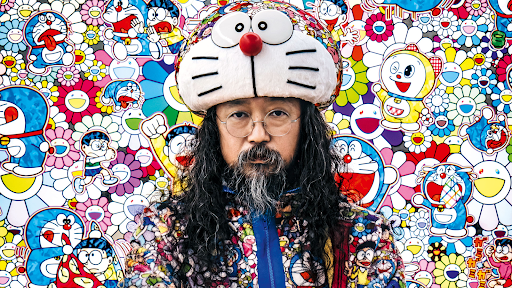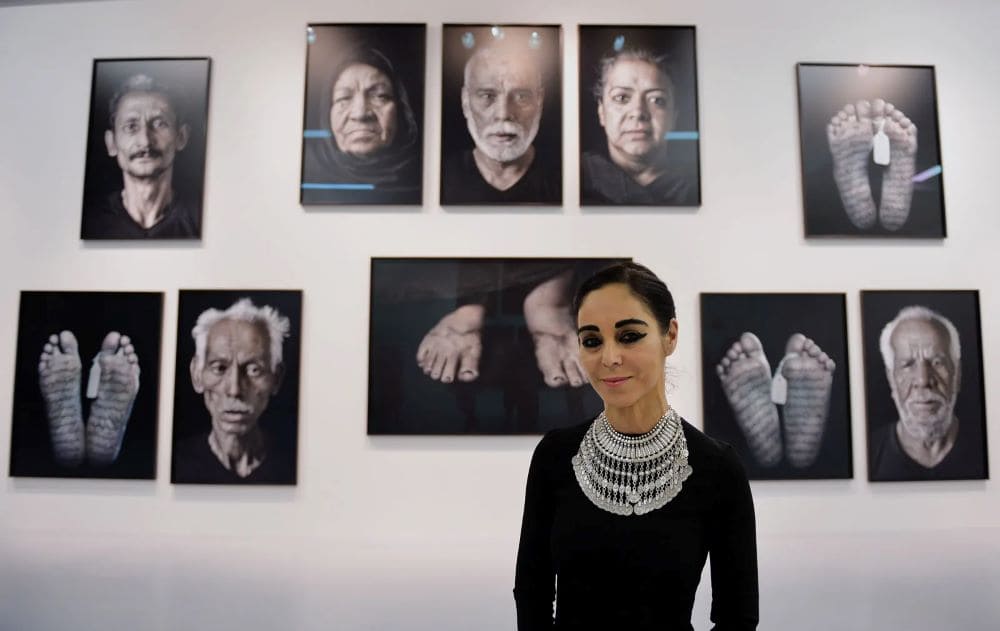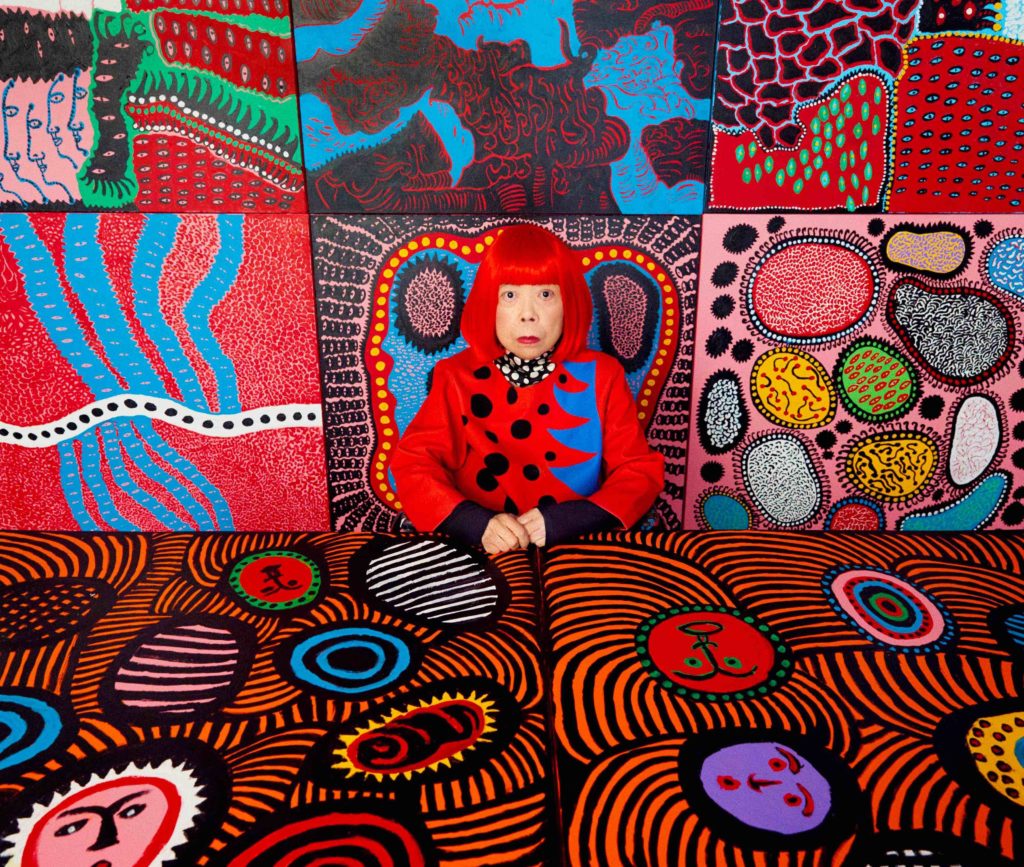
Latin American artists have made significant contributions to the global art scene, with many achieving widespread recognition. Below are some of the most popular and influential Latin American artists across different time periods and artistic movements, both historical and contemporary.
1. Frida Kahlo (Mexico)
- Style: Surrealism, Magical Realism, self-portraiture
- Notable for: Iconic self-portraits, vivid colors, exploration of identity, pain, and Mexican heritage
- Themes: Identity, disability, pain, feminism, Mexican culture
- Impact: Frida Kahlo is perhaps the most internationally recognized Latin American artist. Her deeply personal and symbolic works explore her physical suffering, emotional turmoil, and complex identity, blending realism and fantasy.
2. Diego Rivera (Mexico)
- Style: Muralism, Social Realism
- Notable for: Large-scale public murals depicting Mexican history, revolution, and social themes
- Themes: Mexican history, social justice, workers’ rights
- Impact: Rivera was a leading figure in the Mexican Muralist movement, using art as a tool for social commentary. His murals are monumental depictions of Mexican society, blending indigenous traditions with Marxist ideals.
3. Fernando Botero (Colombia)
- Style: Figurative painting, sculpture
- Notable for: “Boterismo” – exaggerated, volumetric figures with plump, rounded forms
- Themes: Power, politics, humor, violence, Colombian culture
- Impact: Botero is one of the most famous living Latin American artists, known for his distinctive style of over-inflated, exaggerated human figures. His satirical depictions address political and social issues, often critiquing violence and power.
4. Wifredo Lam (Cuba)
- Style: Surrealism, Cubism, Afro-Cubanism
- Notable for: Fusion of modernist styles with Afro-Caribbean culture and mythology
- Themes: Colonialism, identity, spirituality, Afro-Cuban culture
- Impact: Lam’s work merges elements of European modernism with Afro-Cuban symbols, reflecting his mixed-race heritage and critique of colonialism. His most famous work, The Jungle (1943), is a key piece in both Latin American and global art.
5. Tarsila do Amaral (Brazil)
- Style: Modernism
- Notable for: Founding figure of Brazilian Modernism, known for vibrant, surreal landscapes
- Themes: Brazilian culture, landscapes, indigenous history
- Impact: A pivotal figure in Latin American modernism, Tarsila’s colorful works evoke Brazil’s landscapes and culture. Her painting Abaporu (1928) became an icon of Brazilian art, and she helped inspire the influential Anthropophagous Movement, which advocated for a uniquely Brazilian cultural identity.
6. Carlos Cruz-Diez (Venezuela)
- Style: Kinetic art, Op art
- Notable for: Exploration of color, light, and movement through optical illusions
- Themes: Perception, interaction with light and space
- Impact: A leading figure in kinetic and optical art, Cruz-Diez’s work focuses on the dynamic nature of color and visual perception. His immersive installations and public works have transformed the way we interact with color.
7. Rufino Tamayo (Mexico)
- Style: Surrealism, abstraction, figurative art
- Notable for: Blending Mexican cultural themes with modern European styles
- Themes: Mexican identity, human condition, nature
- Impact: Tamayo was an influential painter who rejected political muralism in favor of a more universal, humanistic approach to art. His use of bold colors and textured surfaces has had a lasting impact on Latin American art.
8. Lygia Clark (Brazil)
- Style: Conceptual art, Neo-concretism
- Notable for: Interactive, participatory art that involves the viewer in the creative process
- Themes: Sensory experience, collective participation, body and mind
- Impact: Clark’s innovative works transformed the role of the artist and the viewer in art-making. Her “Bichos” series and therapeutic art practices engage with the body, creating a dialogue between art, psychology, and the senses.
9. Beatriz Milhazes (Brazil)
- Style: Abstract painting, collage
- Notable for: Colorful, decorative abstract works that blend Brazilian motifs with European modernism
- Themes: Brazilian culture, nature, carnival, geometric abstraction
- Impact: Milhazes is one of Brazil’s most celebrated contemporary artists, known for her vibrant and intricate works that draw from both Brazilian and international influences.
10. Vik Muniz (Brazil)
- Style: Photography, mixed media
- Notable for: Creating images from unusual materials (e.g., garbage, sugar, chocolate) and photographing them
- Themes: Art history, perception, recycling, socio-political issues
- Impact: Muniz gained international recognition for his series “Pictures of Garbage,” where he worked with Brazilian landfill pickers to create portraits out of waste. His art bridges the gap between conceptual, political, and photographic practices.
Honorable Mentions (Emerging and Contemporary Artists)
- Adriana Varejão (Brazil) – Known for her visceral, often ceramic-based works that reference colonialism, Brazilian history, and cultural hybridity.
- Oscar Murillo (Colombia) – Rising star in contemporary art, Murillo’s paintings and installations explore themes of migration, globalization, and labor.
- Jorge Pardo (Cuba) – Fuses architecture, design, and fine art in his colorful, immersive installations.
These artists represent a wide spectrum of styles and themes, ranging from political and social issues to explorations of identity, culture, and history. Frida Kahlo, Diego Rivera, and Fernando Botero stand out as the most internationally recognized, while emerging contemporary artists continue to push boundaries on a global stage.





